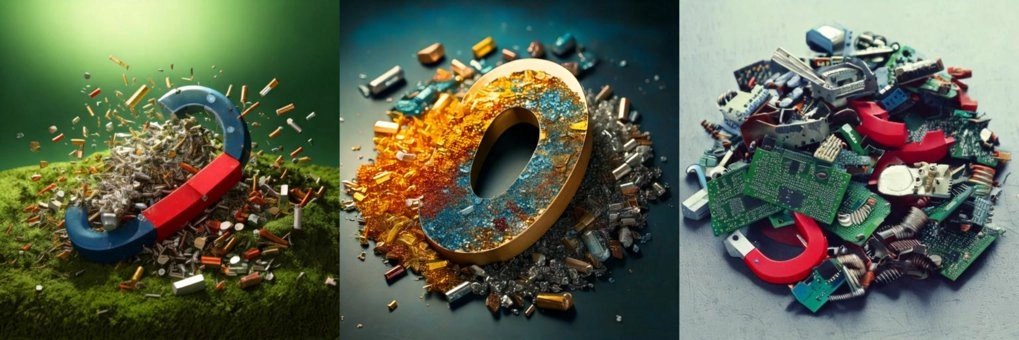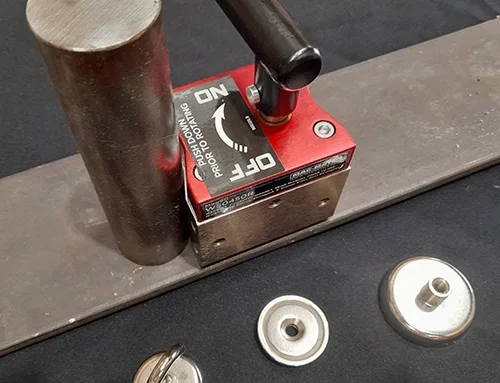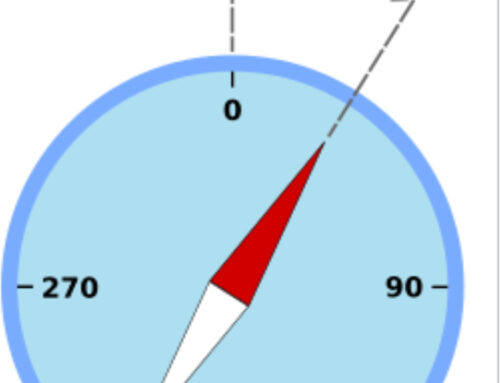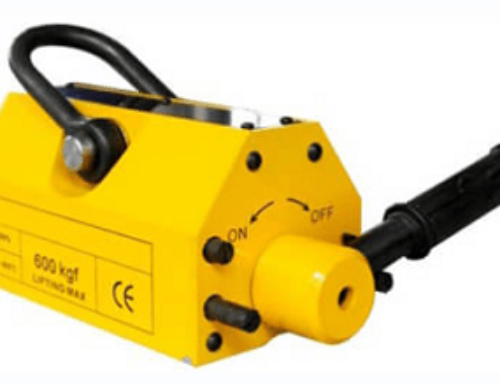Why Sustainable Magnets Matter in Green Energy
Magnets play a crucial role in green energy technologies, powering essential components such as wind turbine generators, electric motors, and electric vehicles (EVs). These magnets enable efficient energy conversion and drive performance in systems that are fundamental to reducing carbon emissions worldwide.
However, traditional magnet production, largely dependent on rare earth elements, poses significant environmental and economic challenges. Rare earth mining often leads to habitat destruction, water pollution, and toxic waste, contributing to a substantial ecological footprint. Additionally, the extraction and processing of these materials are energy-intensive and costly, driving price volatility in global markets.
The reliance on conventional magnets also presents supply chain risks, including geopolitical tensions and limited resource availability. This raises concerns about the long-term sustainability and stability of green energy projects. Addressing these issues through sustainable magnet solutions is essential to ensure both environmental responsibility and economic viability in the renewable energy sector.
Types of Sustainable Magnets and Their Characteristics

Permanent magnets like NdFeB (neodymium-iron-boron) and SmCo (samarium-cobalt) are widely used for their strong magnetic power. However, these magnets come with environmental concerns, mainly because they rely heavily on rare earth elements. Mining these materials causes pollution and creates supply risks, making their sustainability questionable.
On the brighter side, sustainable magnet alternatives are gaining traction. Recycled magnets, made from recovered rare earth materials, reduce the need for new mining and lower environmental impact. Rare-earth-free magnets are also emerging, using common metals that avoid the ecological footprint tied to rare earth mining.
Innovations in magnet recycling and circular economy practices are becoming key. More companies are focusing on recovering magnets from old electronics, wind turbines, and electric vehicles to reuse valuable materials. This keeps waste out of landfills and supports a more sustainable supply chain for green energy magnetic components.
Manufacturing Sustainable Magnets Technologies and Innovations
Making sustainable magnets starts with using low-impact production methods that cut down energy use and waste. Energy-efficient processes help reduce the carbon footprint of magnet manufacturing. Eco-friendly binders replace harmful chemicals, making magnets safer and greener to produce.
Recycled materials play a big role too. By reusing rare earth metals from old magnets, manufacturers lower demand for new mining, which is often harmful to the environment. Waste reduction strategies further improve sustainability by minimizing leftover materials during production.
NBAEM is at the forefront of these innovations. They focus on sustainable manufacturing practices, sourcing materials responsibly, and incorporating high rates of recycled content. Their approach not only supports a circular economy for rare earth magnet recycling but also helps meet the growing need for eco-friendly magnets in green energy applications.
Applications of Sustainable Magnets in Green Energy Systems
Sustainable magnets play a key role in making green energy setups more efficient and eco-friendly. In wind turbine generators, using low-impact magnets reduces the environmental footprint while maintaining strong performance. These magnets help boost energy output and reliability without relying heavily on newly mined rare earth materials.
Electric vehicles also benefit a lot from sustainable motor magnets. They meet the growing demand for eco-friendly components that don’t sacrifice power or range. Rare-earth-free and recycled magnets help lower the ecological impact of EV production, supporting a greener transportation future.
Beyond wind and EVs, sustainable magnets find use in solar panel trackers, helping panels follow the sun for maximum energy capture. They’re also improving energy-efficient appliances, where reliable, eco-friendly magnetic components contribute to reducing overall power consumption and waste. These broad applications show just how vital sustainable magnets are across various green energy technologies.
Market Trends and Future Outlook for Sustainable Magnets
The demand for eco-friendly magnets is rising sharply, especially in the renewable energy sector. As wind turbines, electric vehicles, and other green technologies grow, the need for sustainable magnet materials follows right behind. Companies and consumers alike want magnetic components that deliver performance without heavy environmental costs.
On top of market demand, regulatory pressures are pushing manufacturers to adopt greener practices. Incentives like tax breaks and stricter environmental standards make sustainable magnet production not just preferable but necessary. These rules encourage the use of recycled materials and rare-earth-free magnets, helping reduce the ecological footprint.
Looking ahead, experts forecast significant market shifts toward sustainable magnetic materials. The circular economy model is gaining traction, where magnets are reused, recycled, or made from less harmful resources. This is a key change driving innovation in both production techniques and material sourcing. Keeping up with these trends means better availability of low-impact magnets suited for a wide range of green energy applications.
For more details on magnet applications in renewable energy, check out our insights on magnets in wind turbines and explore how magnets support electric vehicles in the growing green market at magnet used in new energy vehicles.
How NBAEM Supports Sustainable Magnet Solutions
NBAEM has built a solid reputation as a leading supplier of magnetic materials focused on sustainability. With years in the industry, they actively prioritize eco-friendly magnet manufacturing to meet the growing demand in the U.S. green energy market.
Their product lineup includes innovative sustainable magnets designed for renewable energy, electric vehicles, and energy-efficient appliances. NBAEM integrates rare earth magnet recycling and rare-earth-free magnet options to reduce environmental impact while maintaining strong performance.
Collaboration is a key part of their approach. NBAEM works with global partners, research institutions, and certification organizations to ensure high-quality standards and sustainable practices. They hold certifications that reflect their commitment to low-impact production and circular economy principles.
By pushing advanced technologies and sustainable sourcing, NBAEM supports the shift toward green energy magnetic components that are reliable and better for the planet.





Leave A Comment